Not every garden has a barn. Some areas simply have very little space to ...
|
|
Properly performed waterproofing of the floor avoids the problems associated with ... |
It is probably no secret to anyone that wooden windows are during the operation of wooden windows ... |
Twola tiles: characteristics, installation instructions
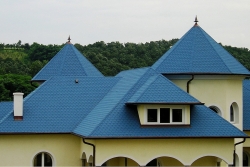
Roofing technologies change and improve every year. To date, there are many different materials adapted to the constructive features of structures and the climatic conditions of the regions. These characteristics are also possessed by the tile of Tegol, which has established itself as a reliable, durable and aesthetically attractive roofing material.
Content
- Tegola leading world flexible tile manufacturer
- Structure and characteristics of flexible tiles
- The advantages of the soft roof of Tegol
- A variety of flexible tile models of Tegol
- Tegol tile installation technology
- General recommendations for the arrangement of a soft roof
Tegola leading world flexible tile manufacturer
Tegola's corporation was among the leaders among world manufacturers of a flexible roof on a bitumen basis. The company began its activities back in 1976 to this day sets quality standards for tiles. Tegol Corporation accounts for about 50% of the total European flexible tile market. The lineup has 47 species and more than 100 colors of roofing material.
In addition, configurations and accessories for the arrangement of roofs are available under the trademark of Tehol:
- rolled waterproofing materials;
- roofing materials (parodyffusion and vapor barrier membrane, base base, heat -insulating plates);
- drainage systems;
- caps for smoke pipes and ventilation shafts;
- metal aprons;
- decorative elements of the roof (spire, cornice molding, cap, drainage funnel).
Structure and characteristics of flexible tiles
The soft roof of the tegola is a bitumen tile, covered with a basalt granulator. Such finish processing provides zero waterjacking to the material and gives the roof of greater strength.
The characteristics of the material can be judged by its components. In the manufacture of soft tiles of the tegol, fiberglass, bitumen, flint sand and sprinkle are used.
FiberglassThe basis of the material has reinforcing properties and holds the form of tiles. Tegol's fiberglass manufacturing technology holds secretly, guaranteeing an increase in strength by a third, compared with similar coating of other manufacturers. The density of fiberglass is 125 g/m2.
A layer of fiberglass on both sides is saturated natural bitumenwhich is enriched with oxygen. Natural bitumen is mined in Venezuela and is the most resilient to significant temperature fluctuations. Bitumen determines the flexibility and elasticity of the tile.
On top of bitumen is applied basalt granulator. Thanks to such sprinkling, the soft roof acquires the following qualities:
- resistance to mechanical damage;
- stability to ultraviolet radiation;
- not ignorant.
The basalt is crushed, sifted and sorted by size. After that, the granules are stained and ceramicizing are fired in a high -temperature furnace. The properties of granules are similar to the characteristics of ceramic products. As a result of such measures, the tile acquires a rich color, which retains its brightness throughout the entire life.
The use of granules of different fractions increases the protective properties of the material and ensures a tight fit of the roofing
The lowest layer of flexible tiles flint sand. It facilitates the installation (prevents slipping) and does not allow the leaflets to stick together during transportation and storage.
The advantages of the soft roof of Tegol
Among the advantages of the flexible tiles of the tegol include:
- heat and frost resistance - tiles withstands frost to -70C and do not deform even at a temperature of +110C;
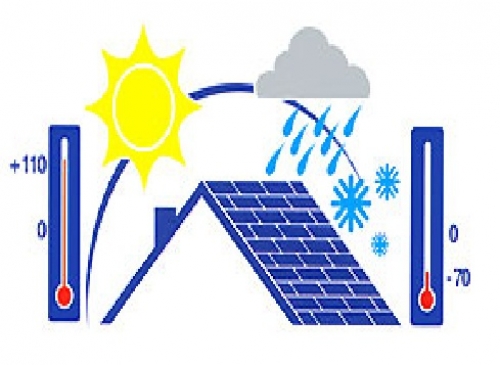
- the impact resistance of the tiles is not terrible mechanical influences, including punctures;
- waterproofing and noise insulation the surface of the roof absorbs sound in strong wind and rain, creating acoustic comfort in the room;
- the tile of the tegola holds heat well;
- biological stability on the surface of the roof does not appear mold, mushrooms and moss does not grow; The tile does not bend;
- during a thunderstorm, the material does not accumulate atmospheric charges;
- simplicity of installation - the lightness of the tile allows you to work without increasing the rafters, and the presence of bitumen strips facilitates gluing (load on the base of the roof of about 10 kg/m2);
- the installation of a flexible roof can be carried out throughout the year;
- ease of storage and transportation;
- a wide color palette of about 200 different shades of tiles;
- the rational consumption of the material of loss during cutting and masonry is no more than 3-5%;
- the ability to use flexible tiles on the roofs of different configurations;
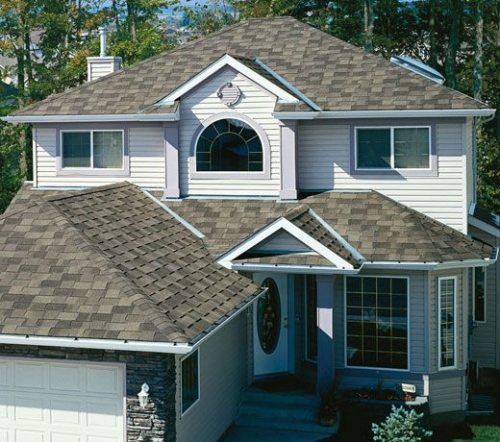
- environmental friendliness in production is not used toxic raw materials, and the surface of the tiles does not absorb harmful substances from the environment;
- the finished roof does not need special care;
- the durability of the structure (about 50 years).
The elasticity of the soft tiles of the Tegol protects the roof from displacements and damage during the shrinkage of the building, which is quite possible when erecting a new house
A variety of flexible tile models of Tegol
Tegola's corporation produces flexible tiles in several episodes.
The line is super represented by 5 types of tiles:
- Master J volume tiles with a two -layer structure of the petals. It is made in four different colors and has the following characteristics: sheet size 1000*337 mm, thickness 3.3/6.6 mm, coating weight 11.7 kg/m2, sheet consumption per 1 m2 7 pcs. The price of Tegola Master J is about $ 10-15/m2.

- The standard has strict geometric forms. Such a coating looks simple, and at the same time at ease. Tegola Standard belongs to the classical direction in architecture and approaches almost all buildings. The cost of tiles is 8-10 dollars/m2.

- The mosaic has a hexagonal shape that creates unusual overflows of color shades. On the surface of the roof is a unique mosaic effect. The tagla mosaic has six color solutions. The cost of the material is about 7 dollars/m2.

- Gothic resembles ancient buildings, creating a feeling of frozen time. The asymmetric location of the petals creates the effect of playing various shapes. Gothic tiles are available in 7 different colors, the cost of a soft roof 7-10 dollars/m2.
- The tradition of a rounded tile petal visually smooth out clear lines of structures, and bring a certain mystery to the exterior of the house. The lineup of the tradition of the tradition is represented by five shades. The price of the material $ 7-10/m2.
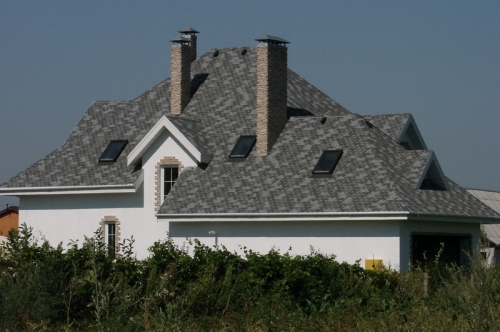
Premium line Designer flexible tiles, the color scheme of which repeats the shades of natural roofing materials from the last century. The architect’s models and the master imitate the ancient view of the roof, and Castello, Versailles and Liberty give the construction of the type of medieval castle.
- Tegola Versailles is great for the arrangement of multi -tiered roofs with a complex geometry of the rhomboid shape petal emphasize the unusual shape of the structure, and give the roof of grace and sophistication. The project can be embodied in four different noble shades.

- The Castello collection creates the harmony of nature and architecture. Five colors allow you to create unusual roofs of different styles. The old stone and dark slate will complement the Gothic style of the structure, and birch bark and wood will emphasize the elegance of the traditional log house.

- Liberty tiles are made in Western European style. When laying the roof, a clear, designed pattern is formed. A leaf of tiles consists of three petals with symmetrically beveled edges. The alternation of different shades gives the surface of the roof the visibility of the volumetric relief and special decorativeness. The cost of a liberty tile is about 8-10 dollars/m2.
The line is exclusive Flexible tile with zinc titan, aluminum or copper. Each of the metals has a well -recognized appearance and gives the construction of aristocracy.
Copper coating tiles exclusive development of Tegol Corporation. The copper layer reliably protects the upper bitumen and improves the operational properties of tiles. Metallized coating reflects the rays of the sun, reducing the thermal effect on the polymer-bitumen layer. Exclusive series models have heat -mesh points that guarantee the resistance of the roof during wind gusts.
A flexible roof with a metallized coating can last about 100 years even in a harsh climate
Separate attention is deserved by photocatholytic and photographic tiles.
Soft photocatholytic roofing actiruff It has a titanium dioxide coating. Due to this processing, harmful substances from the air (volatile chemical and organic substances, bacteria and viruses), under the influence of sunlight, break up to water molecules and safe compounds that are washed off by rain. Flexible tiles of the actiruff are available in three colors: blue, gray and blue.
Tiles Togosolar Source of electricity. On the bitumen base, photographic elements made of three -layer silicon are fixed. The solar battery is suitable for any bitumen tile of Tegol, does not harm the environment, does not require care and reduces electricity costs.
The advantages of photogal tiles from Tegol:
- quick installation;
- the strengthening of the supporting structural elements is not required;
- does not contain glass on the surface, you can walk;
- the surface does not create glare;
- self -cleaning surface;
- the performance of solar panels during cloudiness is 60-65 %.
Bitumen tiles NordlandThe best option for a hard climate with significant temperature fluctuations. It is used to restore old roofs and arranges the roof of new structures. The tile of Nordland is available in accordance with European EN544 quality standards and has an appropriate ISO9001 certificate.
Tegol tile installation technology
Preparatory work
Installation of the tiles of the tegola is carried out on a dry, even, clean base made of moisture -resistant plywood, a trimmed, dodgy board or reinforced concrete plates.
The base should not have drops in height of more than 2 mm
The roof before laying flexible tiles should be prepared to carry out additional waterproofing using roller materials. At the same time, it is important to adhere to the following recommendations:
- If the roof slope with an angle of inclination is up to 30, then the lining layer must be laid over the entire surface of the roof. Laying is carried out in parallel to the cornice, a transverse overlap 20 cm, longitudinal 10 cm.
- If the angle of inclination of the roof is more than 30, then the waterproofing is laid on the cornice in two rows, in the yendovs, around chimney pipes, attic windows and ventilation mines.
As a lining layer, the company Tegola recommends using the following materials:
- A polyester base on a polyester basis SEFTY with a thickness of 2 or 3 mm. The membrane is fixed with bitumen mastic along the lower edge, and on the upper edge and on the side sides by roofing nails with an interval of 10 cm. The overlaps should be glued with mastic.
- Self-adhesive self-adhesive icebar membrane made of SBS-Bitum with a protective polymer layer. The protective film is removed from the membrane, the material is laid on the base and rolled with a metal roller.
To lay soft tiles, the following tools will be needed:
- burner or construction hair dryer;
- scissors for metal;
- roulette and pencil;
- coated chopping;
- spatula or gun;
- a hammer and a sharp knife.
Roof marking
Consider an example of laying the tiles of the tagol gothic with a sheet of 1000*337*3.0 mm, the coating weight of 8.5 kg/m2.
Before starting to lay a soft roof, it is necessary to make a roof marking. The work is performed in the following sequence:
- Draw a straight line (XY), parallel to the skate. The line should pass at a distance of 19.4 cm from the cornice of the roof.
- Design the middle of the drawn line (a).
- On both sides of the central point at a distance of 1.5 m, mark two additional points (B and C).
- Using the coated lace as a circul with a length of about 2 m and one end at point C, make a cut -off above the central point A. This is the same action and to indicate for point B. the intersection of two arcs to designate as point D.
- Draw a straight line passing through points A, D and the top of the roof. This axis will be the central line of the slope.
- In parallel of the AD line, draw straight lines every 16.6 cm.
- From the XY line, draw horizontal parallel lines to the top of the slope. Step between lines 14.3 cm.
Fastening tiles
Gothic tile installation algorithm:
- The first row is formed from tiles with trimmed petals. Strips of 19.5 cm are widely laid out along the cornice line and fixed from the lower edge with mastic, and with nails on top.
- The next row should begin to be laid from the vertical line AD.
- Each subsequent row is laid out with a displacement of 16.6 cm to the right.
- In this order, the entire roofing surface is formed.
To fix the sheets of tiles, galvanized roofing nails of improved fit (twisted, haggard) with a diameter of a cap at least 9 mm and the diameter of the nail itself from 3 mm are used. Each sheet is attached with four nails, which must be stitched by the upper edge of the lower blade of the roof.
If the roof has a steep slope (more than 60), then the leaf of the tile should be mounted with six nails. Two nails are fixed by the upper corners of the canvas at a distance of 2.5 cm from the edge
Laying the roof in the valleys and the device of the skate
In the valleys, a waterproofing coating of the membrane is laid. Sheets of tiles are mounted on top of the membrane, which are fixed with nails. The distance of the fasteners to Endova and the layer of bitumen mastic should not be less than 30 cm.
After the apple carpet is ready to arrange the skate:
- The upper row of tiles must be brought to the skate line.
- The protruding part of the canvas is bent through the edge of the roof and is fixed on the slope.
- The skate elements are cut out of the sheets of tiles, and then overlap on the horse. The overlap should be at least 5cm.
- The direction of laying is selected in the main direction of the winds.
Advice! To give strength to the skate element, the bottom of the tiles is better to heat a little, and smear around the perimeter with bitumen mastic
As an option, the horse can be made of metal.
Twola tiles: installation
General recommendations for the arrangement of a soft roof
We give useful tips that will help create a reliable roofing of soft tiles of the tegol.
- In order to align the joints in the place of overlap between the canvases of the waterproofing membrane, you can use hot air and spatula.
- Laying the tiles should be started with a smaller slope with a more gentle angle of inclination.
- The length of the fasteners is selected depending on the thickness and type of roof crate.
- Tiles from different parties cannot be laid on one roof. Differences in shades are possible.
- The tiles of the tiles are conveniently cut with a knife with a hook -shaped blade.
- Installation work is recommended in shoes with a soft sole.
- The installation of a soft roof must be performed at an air temperature of at least 5C. Otherwise, the tiles of the tiles must be warmed up with a construction hairdryer to soften the bitumen layer.
The tiles of the tegola is the color diversity and a large assortment of the soft roof. The material is simple in installation and is available in price, and its operational qualities are not inferior to the elite roofing coatings from shallows.


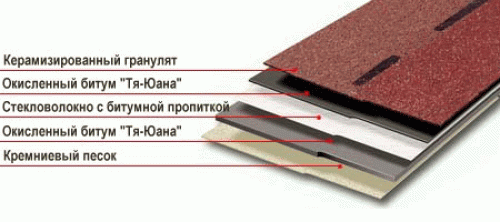
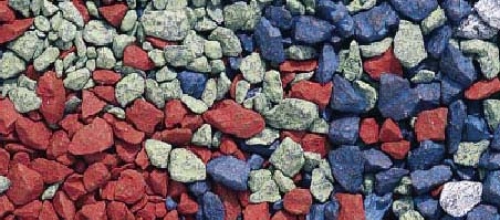
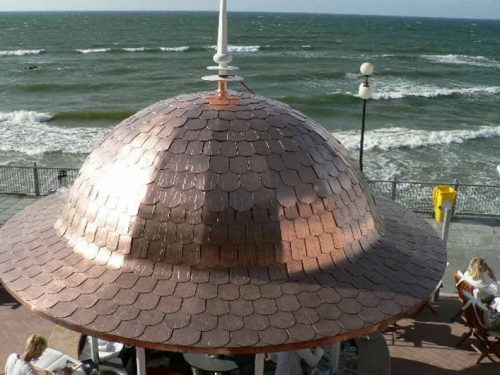


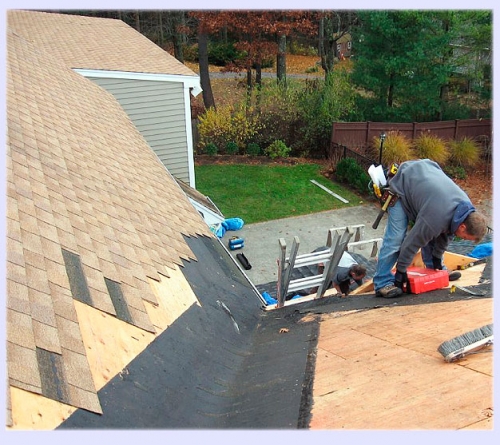
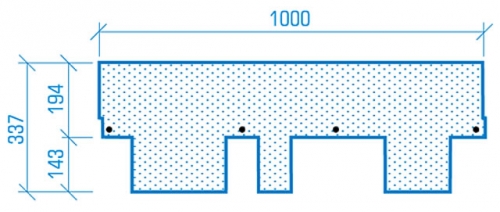
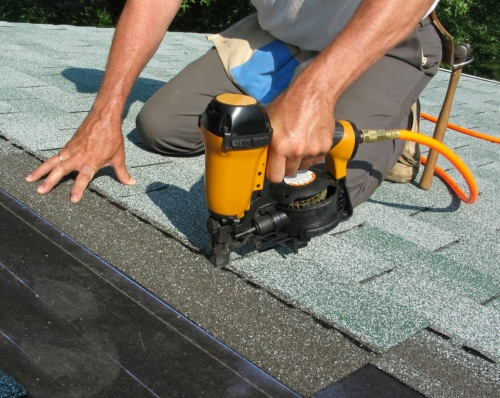
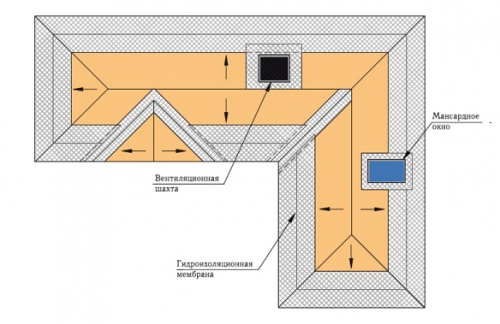

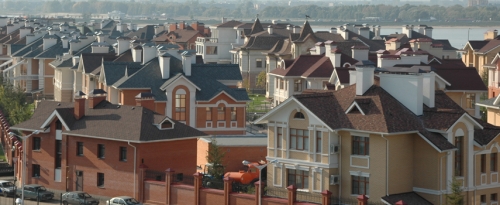
The flexible tiles of Tegola
The flexible tiles of Tegola (Tegola) at favorable prices for m2 https://fin-era.ru/krovlya/myagkaya-krovlya/tego.html. Choose and buy the soft roof of Tegola in Moscow.